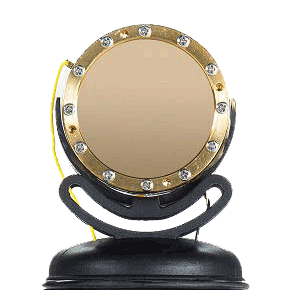JessJackson
Well-known member
I've seen a couple mics use both side of the 6072 tube in parallel with a 200k plate resistor and 12.7v on the heater.
What benefit would this give? A friend informed me it helps lower noise and increased gain.
Cheers.
J
What benefit would this give? A friend informed me it helps lower noise and increased gain.
Cheers.
J






